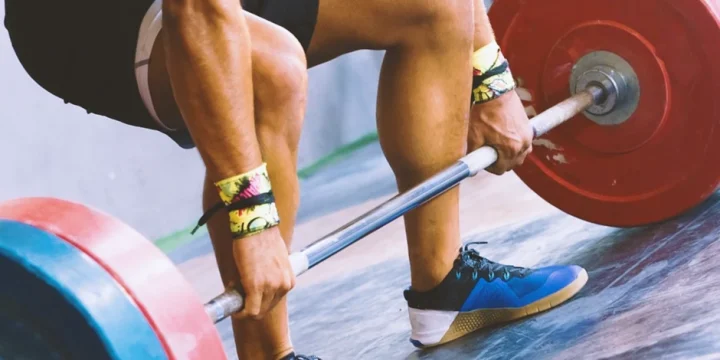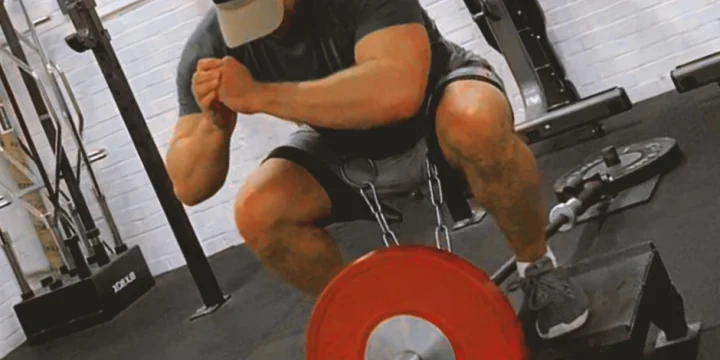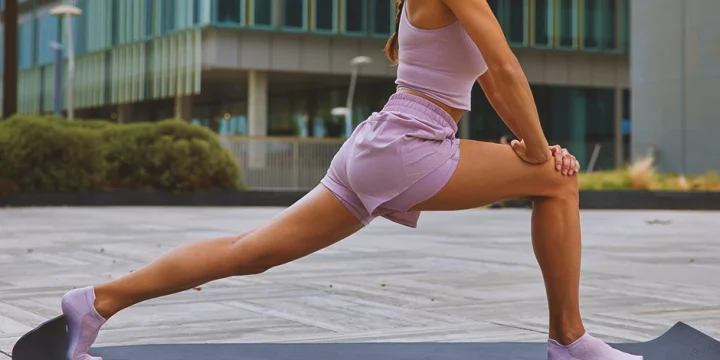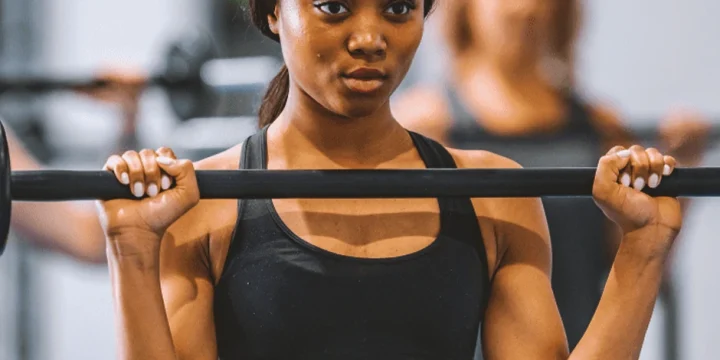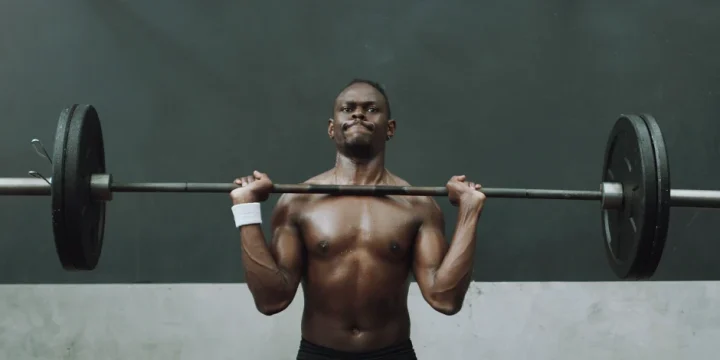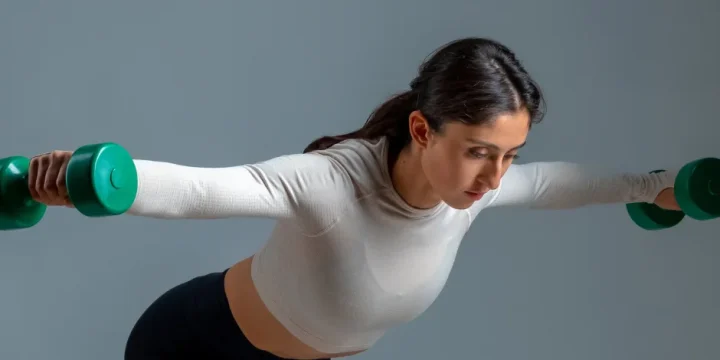I know a lot of people at the gym who pay way too little attention to their rear delts, and most professional strength and fitness coaches will be able to see the effect from a distance.
While many people regularly do lat pulldowns and lateral raises, these may not be enough to provide a full shoulder workout.
And that's where the reverse pec deck fly comes in to transform those shoulders and provide maximum strength, which could even support your bench press efforts.
But before you just jump in and do what looks like a reverse pec workout, let me show you the right way to do it.
Quick Summary
- To effectively target and strengthen the rear deltoids, incorporate the reverse pec deck fly into your workout routine.
- Proper technique involves pushing handles back with palms facing up and focusing on shoulder blade contraction for maximum rear deltoid engagement.
- The Mayo Clinic highlights the exercise's role in supporting the rotator cuff and reducing shoulder and tendon injuries.
- From my experience, merging the reverse pec deck fly with a quality protein drinks is essential for balanced muscle development, resulting in effective rehabilitation and posture improvement.
How Do You Do A Reverse Pec Deck Fly?

From my experience, the key to mastering the reverse pec deck fly starts with correctly setting up the pec deck machine, a common piece of equipment in most gyms.
1. Correct Setup
Getting set up for reverse pec decks is easy.
Adjust the handles to the furthest back position and sit facing the machine with your body leaning against the rest.
If this is your first time, adjust the weight stack to a low setting to get used to the movement.
More on that shortly.
Now, grip the handles with each hand, making sure that your arms are directly outstretched with your elbows straight.
The proper alignment should be with your hands slightly in front of your chest and your shoulders high.
2. Proper Technique
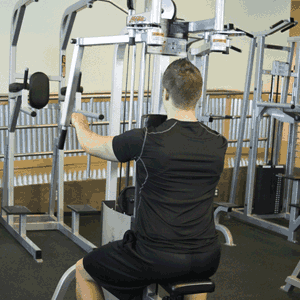
Step 1: I always instruct my clients to push the handles back with palms facing up, maximizing the range of motion, a technique I've found crucial for engaging the rear deltoids effectively.
Focus on pushing your shoulder blades together as tight as possible to ensure you fully engage the rear deltoids.
Step 2: Slowly release the tension back to the starting position.
The reason I suggest the palms facing up approach is that this makes it even more of a compound exercise by targeting your upper arms, especially the triceps.
3. Common Mistakes
A common error I've observed, even among seasoned gym-goers, is using a thrusting motion with the head and chest, which compromises the effectiveness of the exercise.
As you go through the sets and reps, you'll notice some fatigue setting in, and you might feel like you should force a few more reps.
That's why it is important not to use too much weight and to focus on proper form to ensure that the rear delts are targeted and other muscles do not take over.
If you use your body, head, or upper back to take some of the load, then you won't get the same results from this fitness exercise.
Aim to make it the same movement every time and if you hit your limits too early, then reduce the weight for the next workout set.
Good form will always beat forced reps.
Plan Your Reverse Pec Deck Sets And Reps
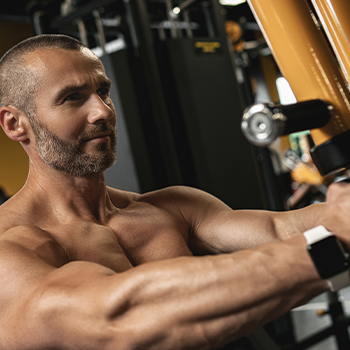
In planning workout routines for my clients, I recommend integrating the reverse pec deck fly on days focused on back and shoulder muscle groups.
And ideally, you want to mix it in with exercises that target the back and shoulder muscle groups.
When it comes to planning the number of sets, most professionals in the fitness industry would recommend sticking with the same number of sets you're doing for the muscle group you're targeting on the day.
So, if you're doing seated rows followed by a front and lateral raise with three sets each, then do the same for your rear delts [1].
"The delt head that you work first when your energy levels are highest is the one that will improve the fastest. "
- Bill Geiger, Senior Content Editor at Bodybuilding.com
Why Is The Reverse Pec Deck An Important Exercise?
It's an important workout exercise because many other back and shoulder exercises don't provide the right movement to fully engage the deltoids.
However, the significance of this exercise extends far beyond just engaging the deltoids.
It also:
- Balances muscle development, crucial for lifting heavier weights like in bench presses
- Supports the rotator cuff, reducing shoulder and tendon injuries, as noted by the Mayo Clinic [2]
- Favored in shoulder rehab programs for its effectiveness in rebuilding joint strength post-injury
- Aids in posture correction by strengthening upper back muscles, offsetting prolonged sitting effects
Related Article: Tobey Maguire Workout Routine and Diet Plan
FAQs
What Muscles Does the Reverse Pec Deck Work?
The reverse pec deck works the rear delts. These are muscles in the top part of your back that make up the triangle across your shoulders and shoulder blades. It's an important muscle group that supports many functions of the upper body, especially arm movements.
Do You Need a Machine to Do the Reverse Pec Deck?
No, you don't need a machine to do the reverse pec deck. You can do bent-over lateral raises with dumbbells or on a cable pulley machine. Or try a traditional dumbbell exercise by lying down on a weight bench facing down and then doing reverse flys.
References:
- https://www.physio-pedia.com/Deltoid
- https://www.mayoclinic.org/diseases-conditions/rotatorcuff-injury/symptoms-causes/syc-20350225
About The Author
You May Also Like
